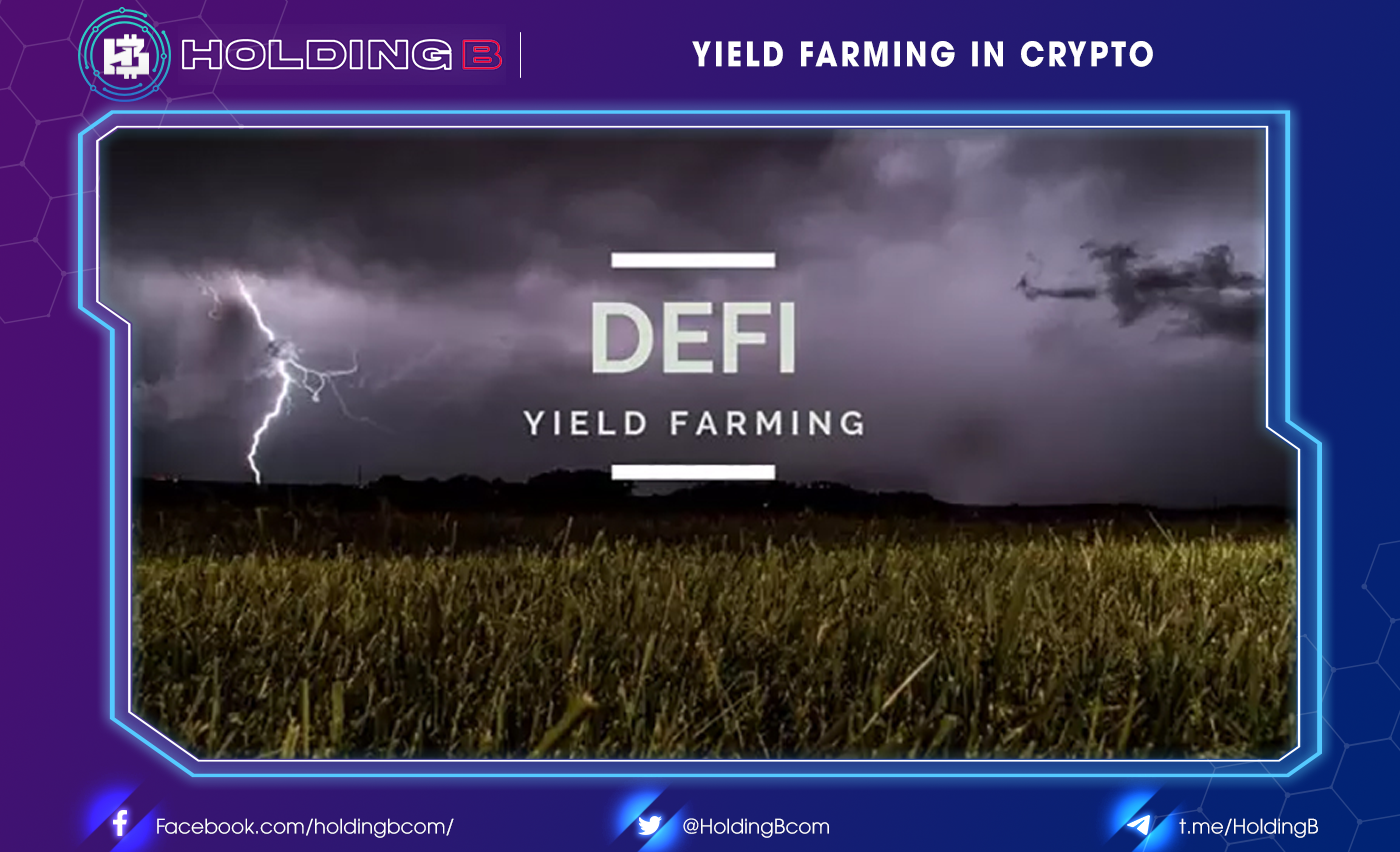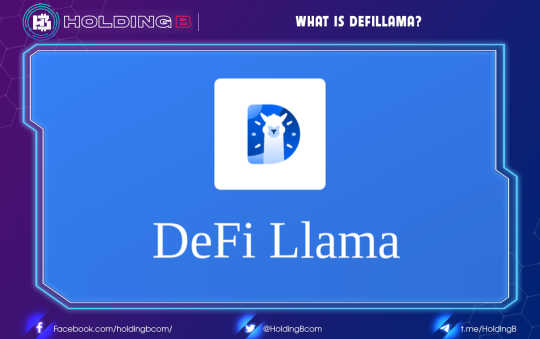Yield farming is a cryptocurrency investment strategy that has emerged in recent times. It can be an attractive opportunity to make huge profits for users, but besides that, there are many things to note about yield farming.
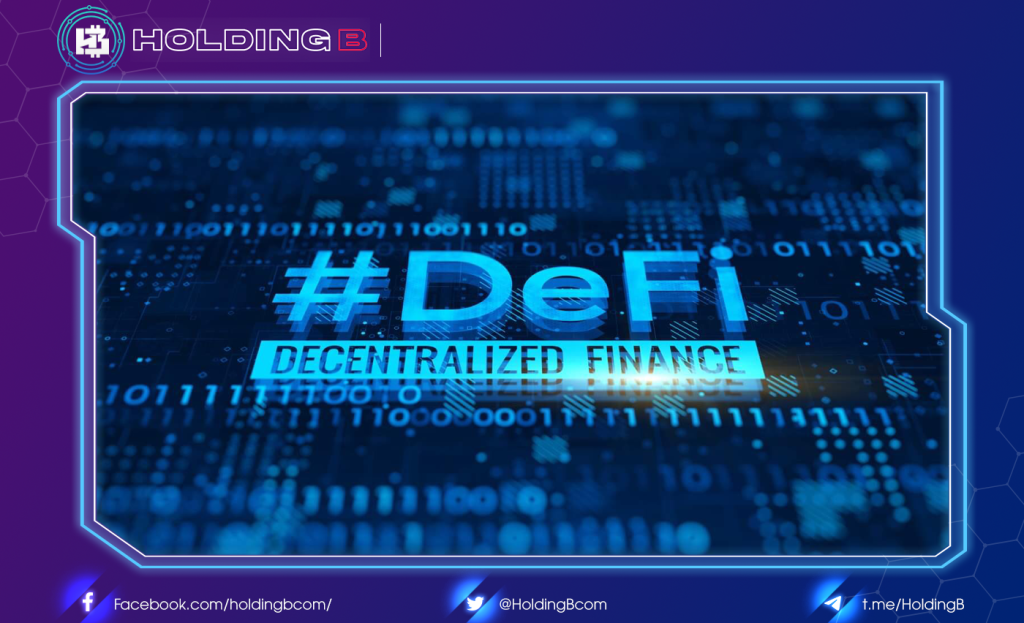
What is Yield Farming?
Yield farming (yield mining) is a way for people to generate passive income by providing liquidity. That is, sending crypto to DeFi liquidity pools or staking pools.
In short, users will lock their funds into a DeFi application, after which the project will automatically pay “productive farmers” with crypto-rewards over time.
This yield farming model is like when you deposit money in the bank; you will receive interest. You will now deposit crypto through lending platforms and receive interest in crypto.
These rewards are typically paid out in the form of governance tokens that DeFi projects use as equity-like tools to facilitate community management and sometimes as transaction fees that all vendors use. Liquidity points (LP) are earned on decentralized exchanges like Sushi and Curve.
History of Yield Farming
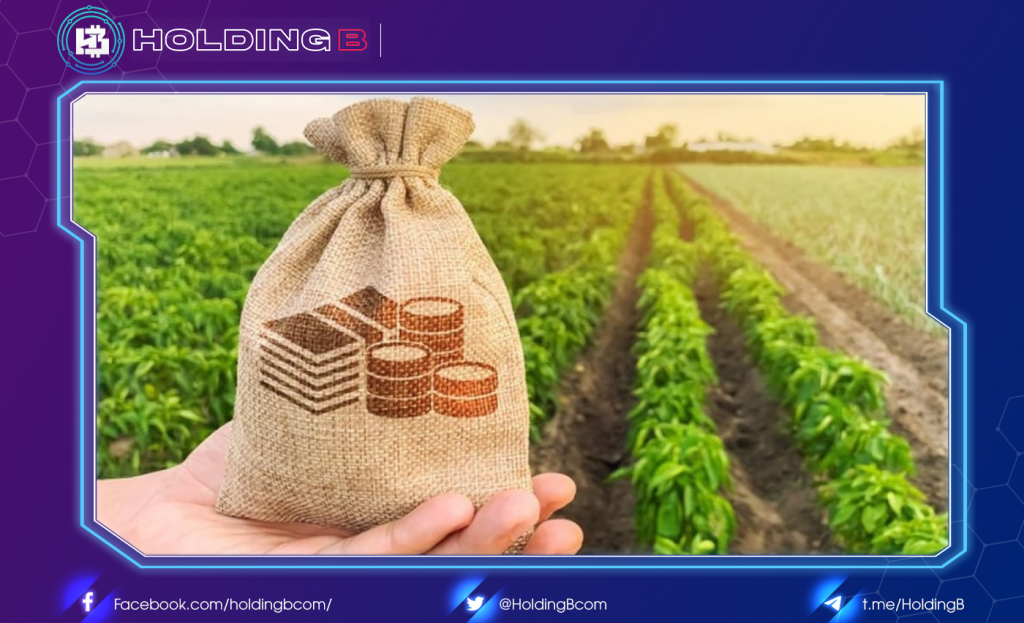
In July 2019, Synthetix, an on-chain aggregated asset protocol pioneered in Yield Farming in July 2019, started rewarding SNX governance tokens to the project’s liquidity provider (LP) sETH/ETH on Uniswap V1.
A year later, lending protocol Compound Finance launched the Yield Farming program focusing on the COMP governance token. The program is still ongoing, awarding COMP tokens to compound borrowers and lenders in accordance with the activity levels of these users.
Compound’s rollout of Yield Farming COMPs has catalyzed an increase in interest in liquidity mining, with this interest having grown since these types of passive income opportunities began to emerge frequently. across DeFi. Indeed, yield farming is currently the main vehicle for emerging DeFi projects to launch their projects with liquidity.
What types of Yield Farming?
There are two main types of yield farming: yield farming and stake farming. Essentially, both of these farming coins require users to deposit cryptocurrency into smart contracts. The differentiating factor is the type of smart contract involved.
Yield Farm LP
In Yield Farm LP, users deposit cryptocurrency into a smart contract to facilitate the liquidity pool programmatically. Such a pool acts as a decentralized trading pair between two or sometimes more cryptocurrencies, and the transaction is carried out using the cryptocurrency provided by the LPs.
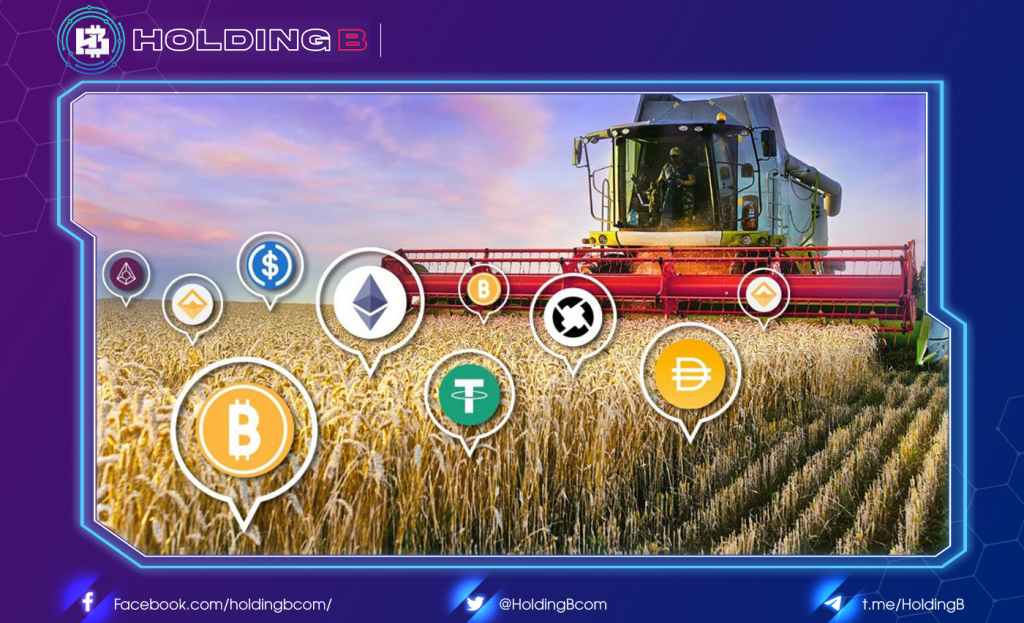
In exchange for deposits, the DeFi app rewards LPs with tokens. An example SLP token for Sushi liquidity providers. These tokens can be used to take basic deposits from the liquidity pool at any time, plus any interest you have accrued.
These LP tokens are important, because DeFi applications that run liquidity miners establish a staking interface to deposit these LP tokens. This locks in your liquidity and continuously earns you admin token rewards as long as your LP tokens are staked.
Staking Farm

In a Staking Farm, users deposit cryptocurrency into a programmed smart contract staking pool. Instead of being a decentralized exchange like above, the staking pool is more like a vault for just one asset class. It does not facilitate trading but does receive deposits.
These Farms provide an easier experience for everyone than Farm LPs. That’s because staking farms only require users to deposit a single asset to earn passive income, as opposed to serving as an LP on a DEX.
Key terms in Yield Farming

What is TVL?
TVL stands for “Total Value of Locked Assets.” The amount of cryptocurrencies deposited into the farm’s underlying liquidity pools or staking pools is referred to as TVL. Accordingly, everyone in DeFi uses TVLs, similar to how the Assets Under Management Index (AUM) is used in traditional finance. If you see that a particular yield farm has a TVL of $500 million, that means $500 million is currently deposited on that farm.
What is the APY and APR?
In the DeFi ecosystem, projects use 2 ratios of APR and APY to calculate the annual percentage and let users know how much interest they will earn for depositing in Yield Farming.
The APR simply tracks how much interest depositors will earn on their cryptocurrency over the course of a year. If a farm always gives 5% APR and you give 100 USD to that farm, then after a year you will have 105 USD. On the other hand, APY tracks the margin that will be earned by the farm over the course of one year if its interest income is continuously reinvested in yield farming.
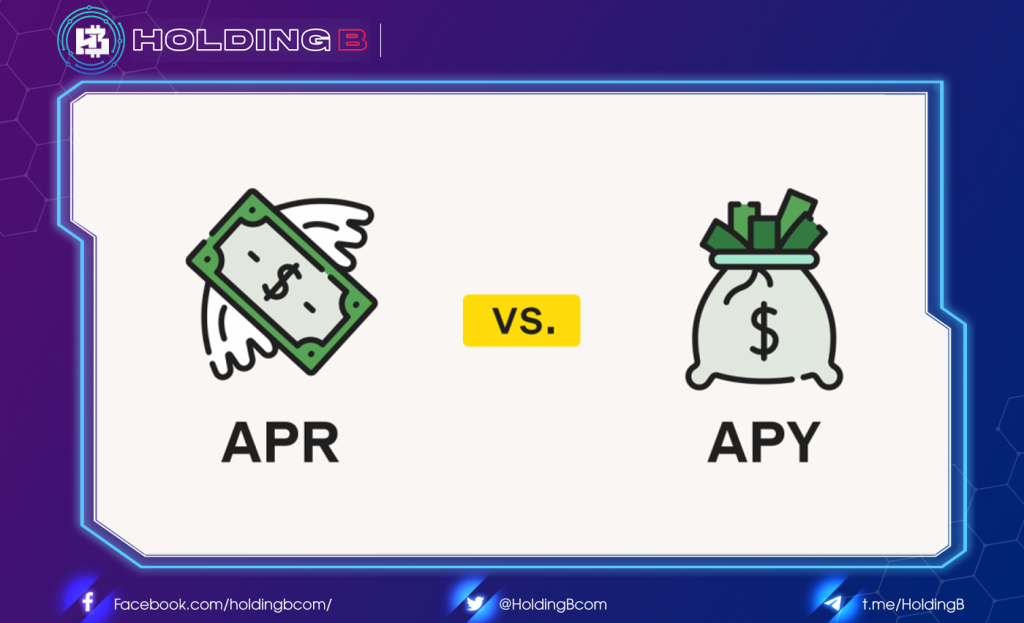
Whether a project uses APR or APY to track its profit opportunities, keep in mind that farm earnings fluctuate constantly with changes in participants, token distribution schedules, and transaction fees. In this sense, think of APR or APY as just a snapshot of current performance, not a fixed interest rate.
Since last year’s DeFi summer 2020, users have been pursuing APY projects thousands of percent with the desire to get rich quickly. However, these protocols can be high-risk and prone to fraud.
Yield Farming Pros and Cons
Pros
- It allows anyone to easily earn a passive income from cryptocurrency.
- It offers a wide range of opportunities, from low user yield farming to aggressive high yield farming.
- It provides users with the ability to participate in DeFi protocol decisions through governance token rewards.
- Help users become more DeFi-savvy by mastering future DeFi innovations.
Cons
- Depending on the project, it may be vulnerable to economic attack, software theft, or exploitation.
- They can be prone to scams where the liquidity pool creator is usually the administrator, withdrawing most of the ETH from their liquidity pool.
- Some of the coins people are depositing for farming are only a few years old at most and can lose value, causing the entire system to crash.
- Depositing money into farming means that you will lose immediate access to that liquidity until you withdraw it.
- Early investors often hold large amounts of bonus tokens, and their sale can have a huge impact on the token price.
- Some projects use a token release schedule, so in those cases you won’t be able to access your token rewards until weeks, months, or sometimes years into the future.
How to join Yield Farming?
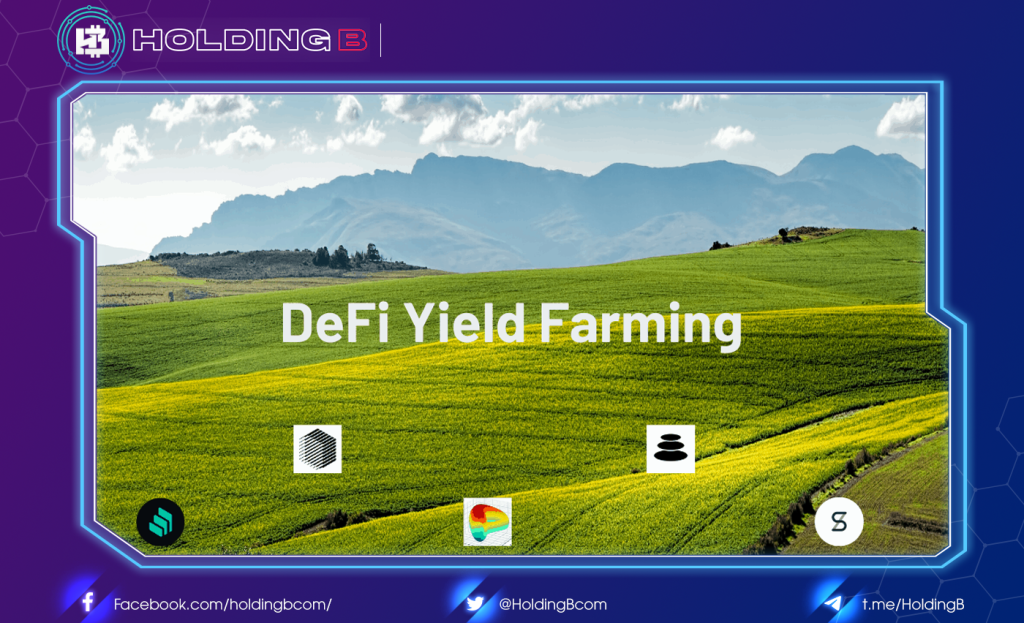
To get started, you will need to know about DeFi projects that have yield farming in order to sign up for an account. You need to hold cryptocurrency in your wallet, which will usually be ETH or ERC-20 tokens. Sometimes you can also send BTC. Provide liquidity to any supported pool by connecting your wallet to the project website.
Then choose the type of asset you want to deposit as well as its quantity. The platform will display the appropriate information regarding the bonus you will receive as well as the estimated time. If you confirm that, then you have officially joined yield farming to earn passive income.
You also need to note that the interest rate will be different on different DeFi platforms, so for the best results, you can try with multiple platforms to choose the best one. Besides, it also depends on the amount and time you deposit.
See ya in the next article !
Don’t forget to follow useful articles about Crypto Market from team Holding B !!!
- Telegram Channel: https://t.me/HoldingBcom
- Telegram Group: https://t.me/HoldingB
- Website: https://holdingb.com/
- Twitter: https://twitter.com/HoldingBcom
- Facebook: https://www.facebook.com/holdingbcom

